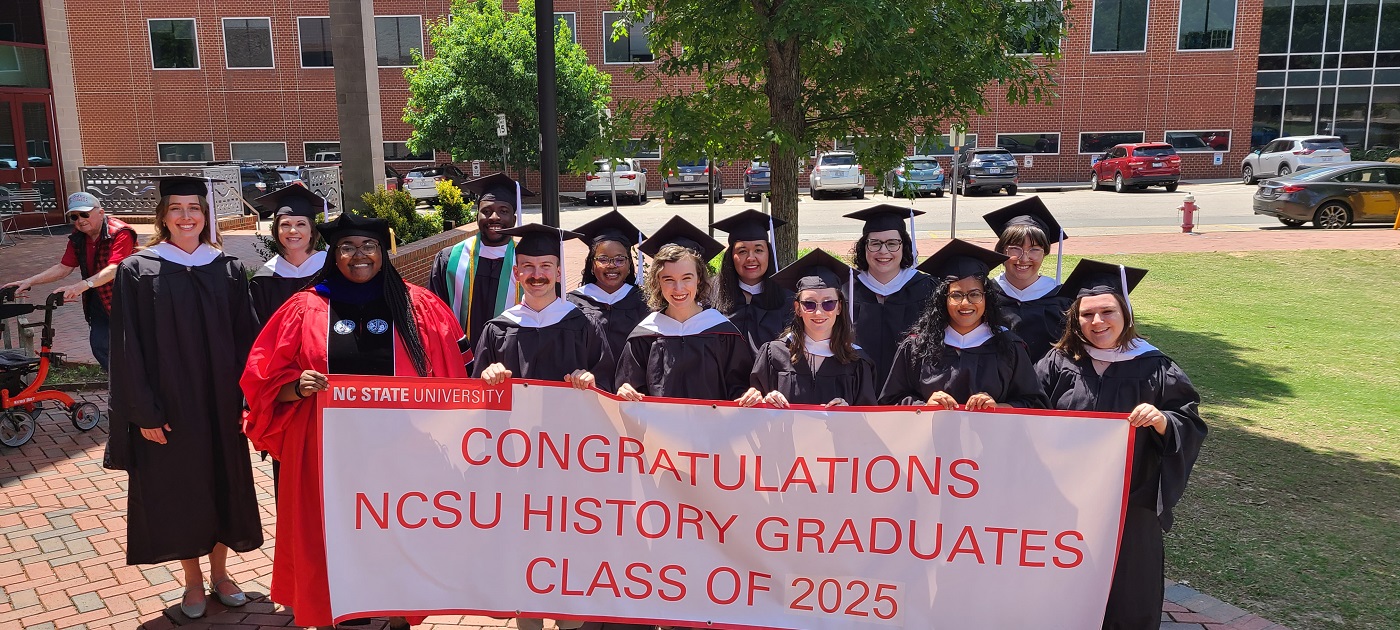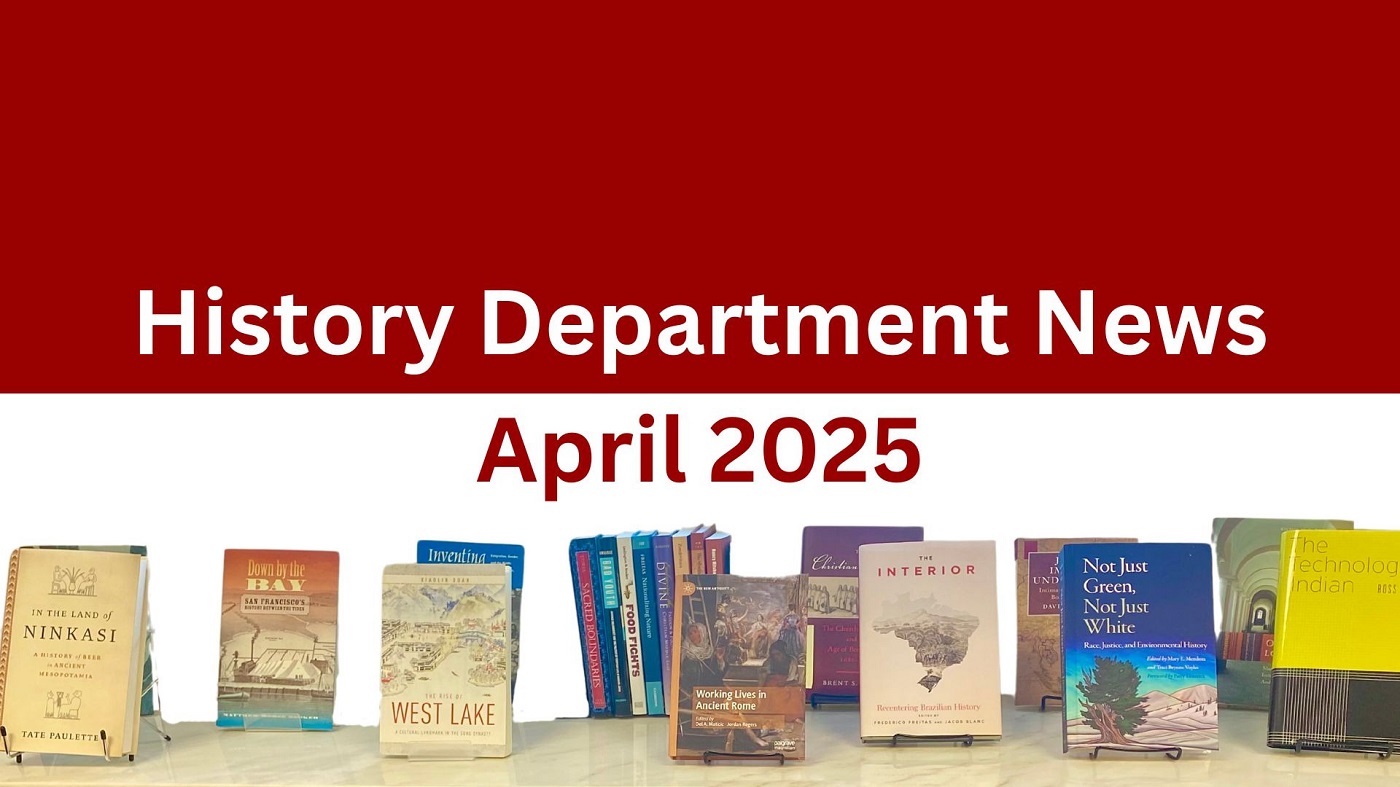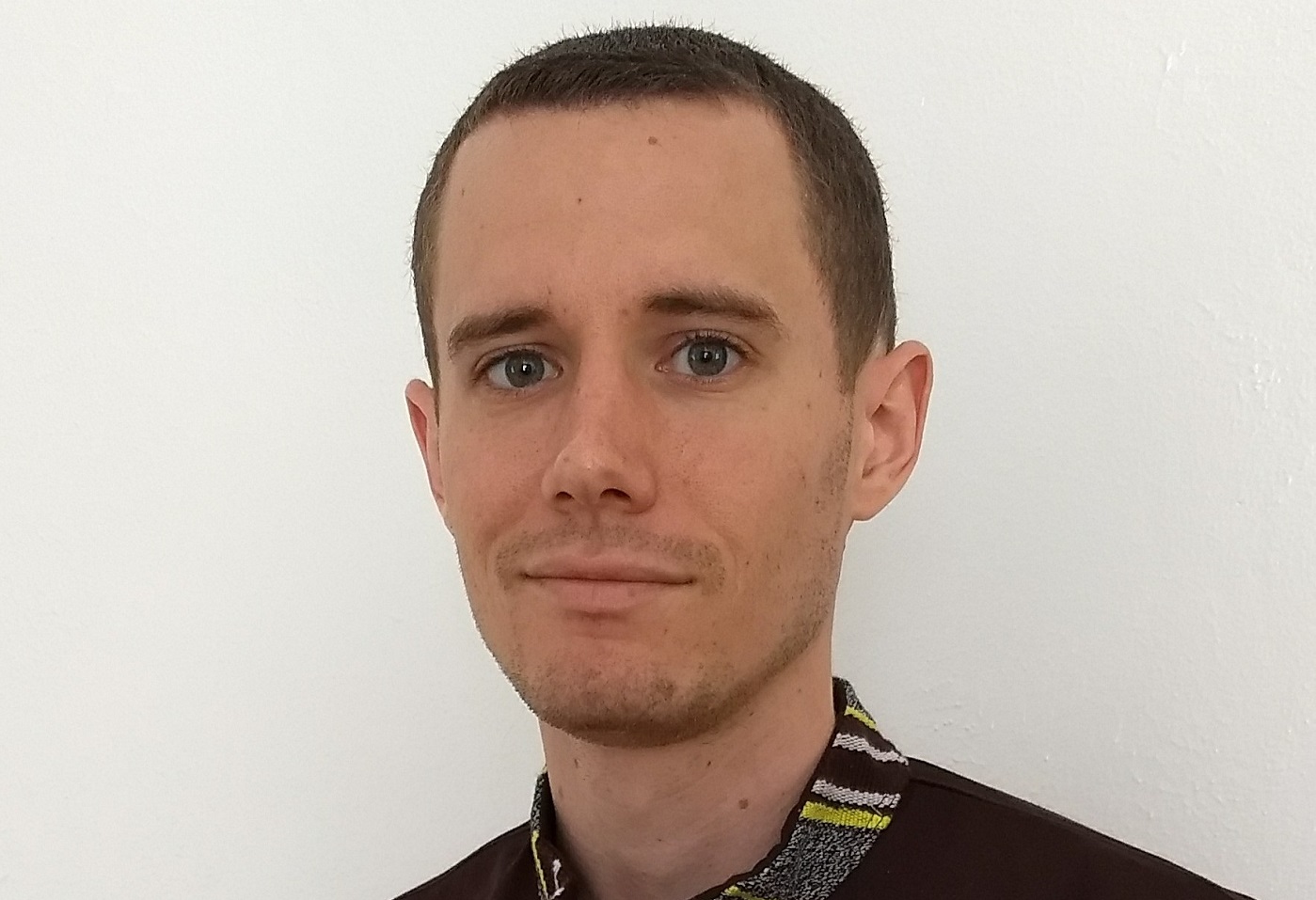Reflections on American Society for Environmental History’s First Internship
Recently graduated Public History Master’s student, Rachel Jacobson, shares her reflections on the internship she just completed with the American Society for Environmental History (ASEH). Due to the unique nature of the project, and the various locations of those involved, she was able to do her work in spurts throughout the year.
With the conclusion of my internship with ASEH, I am happy to report that I have learned a great deal and have made some interesting connections with several organizations. I became more involved with the ASEH and have gained a historical familiarity with the Society for Conservation Biology (SCB). The internship was an archival project processing the papers from the foundational years of the SCB, which include records of conservation biologists’ involvement in public policy. As an intern I worked as a nomad, starting in the executive office of the SCB in Washington, DC, working from my school campus in Raleigh, NC, participating in a roundtable discussion in Seattle, WA and finishing the experience at the Smithsonian Conservation Biology Institute in Front Royal, VA.
The opportunity to work on sorting through the conservation biology records at the SCB’s executive office was unique because much of the time archival work is done in a research repository, distanced from the donors and creators of the archival material. Another unique aspect of this opportunity for me was the chance to participate in the ASEH annual conference in Seattle. My role assisting my supervisors in creating an archival management program for the SCB provided useful experience and allowed me to participate in a panel about environmental history archives.

The SCB has information on the field of conservation biology that could be essential to the research of environmental historians. Many nonprofit organizations possess valuable records that could benefit environmental historians and their interdisciplinary teams.
This internship helped me see how my interest in environmental history and public history could be applied in the field/job market. Currently I am completing a funded internship with the Archives of American Gardens at the Smithsonian Gardens. My work with the ASEH gave me some experience with digital archival work, which helped prepare me for my tasks as the AAG intern. It also helped me see the different possibilities in the archival field, which is currently the path I am pursuing.
I was thankful for this internship and the opportunity to work with with Kate Christen of the Smithsonian Conservation Biology Institute and Zoe Nyssa, the Ziff Environmental Fellow at Harvard.


